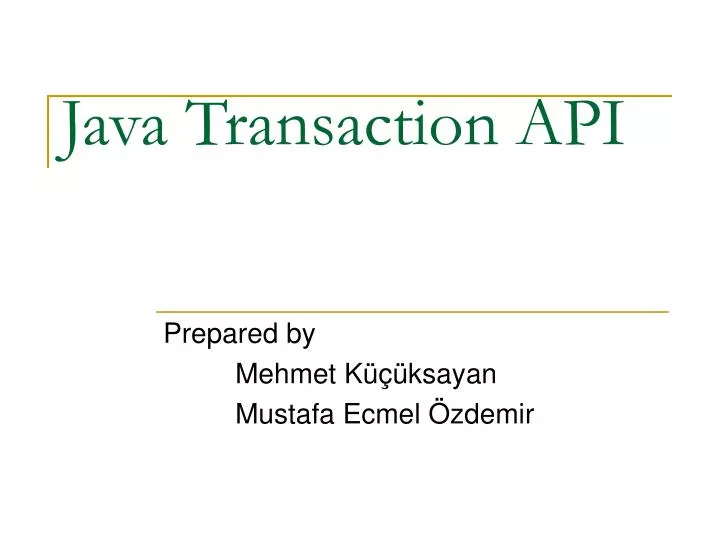

As stated previously, each resource will have its own specific API, for instance: The JTA architecture requires that each resource manager must implement the .XAResource interface in order to be managed by the TP monitor.
#Transaction management java code#
It provides a different interface, the, that is used by general client code such as a servlet or an EJB to manage the transactions. It provides an interface,, that is used by the application server itself to begin, commit and roll back the transactions. It distinguishes between an application server such as an EJB server and an application component. The JTA is modelled on the X/Open XA architecture, but it defines two different APIs for demarcating transaction boundaries.

The JTA API consists of classes in two Java packages: JTA implementation of the X/Open XA architecture The application also communicates with the individual resources using their own API to modify the resource. Finally, there is the application which communicates with the TP monitor to begin, commit or roll back the transactions. In addition, the resource manager allows a TP monitor to coordinate a distributed transaction between its own and other resource managers. The resource manager typically has its own API for manipulating the resource, for example the JDBC API to work with relational databases. Each resource has its own resource manager. In the X/Open XA architecture, a transaction manager or transaction processing monitor (TP monitor) coordinates the transactions across multiple resources such as databases and message queues.


 0 kommentar(er)
0 kommentar(er)
